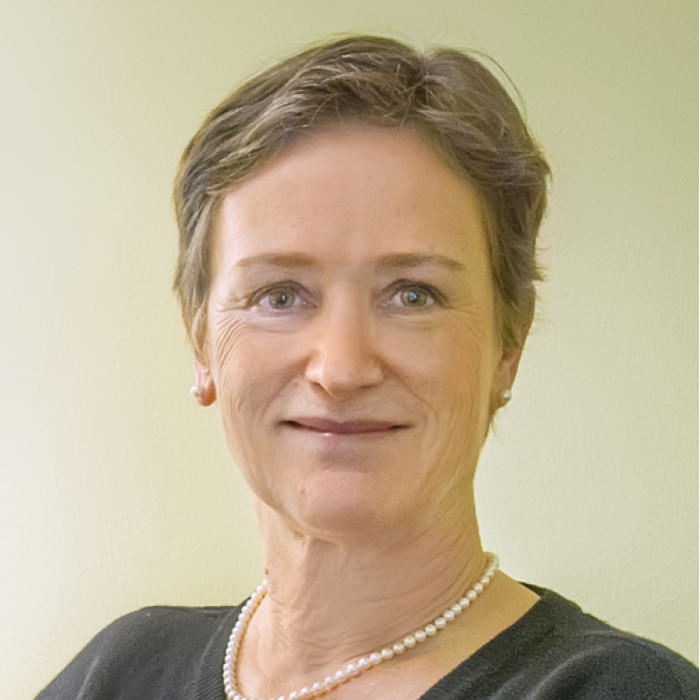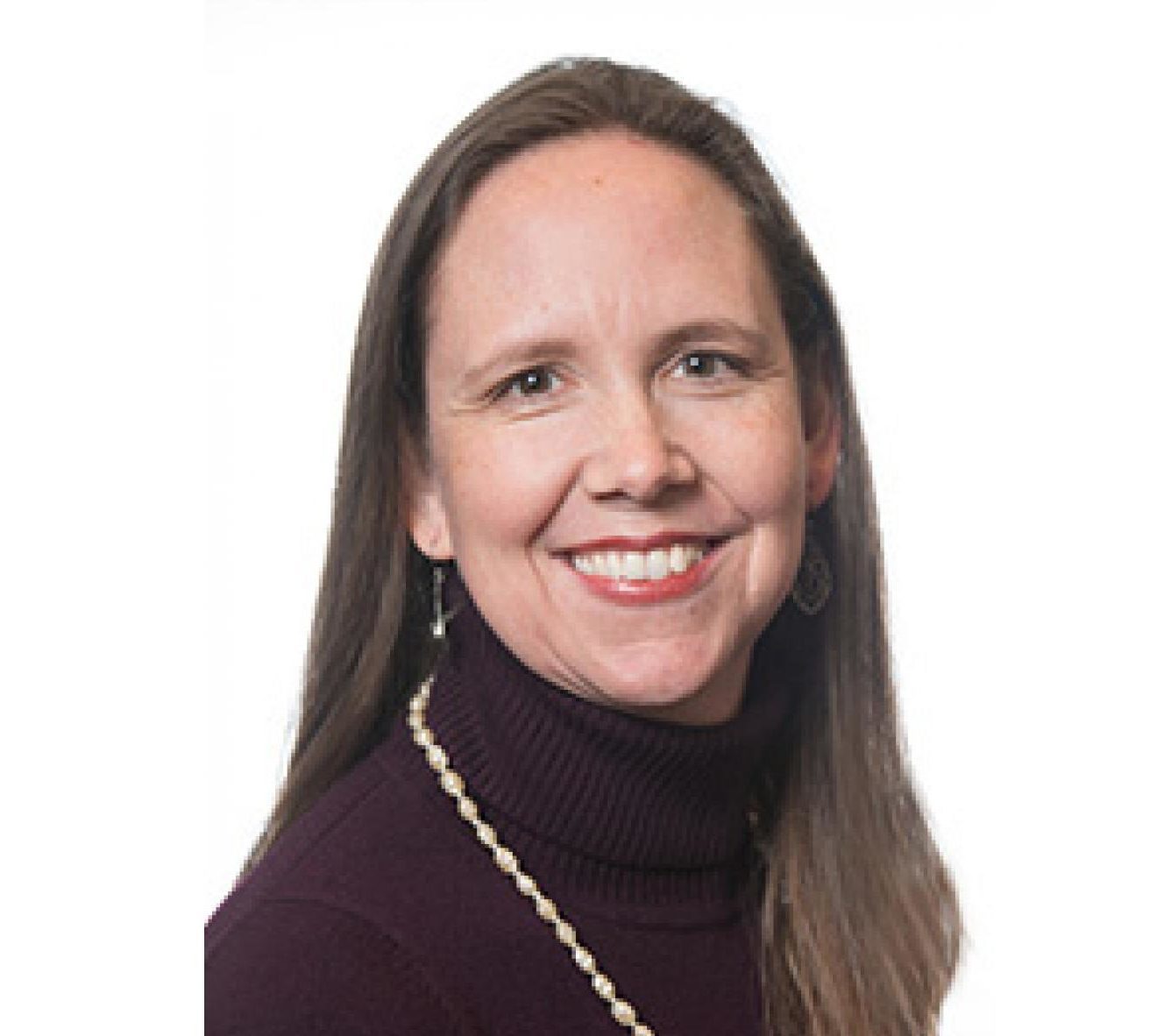Wednesday, July 21, 2021
 Santanu Chaudhuri, Ph.D
Santanu Chaudhuri, Ph.D
Director, Manufacturing Science & Engineering, Argonne National Laboratory
Ph.D., Materials Chemistry/ Chemical Physics, SUNY Stony Brook, 2003
Santanu Chaudhuri is the Director of Manufacturing Science and Engineering, Argonne’s program that develops capabilities to use high-performance computing-based mesoscale simulation tools to accelerate the development and adoption of new materials for manufacturing. Dr. Chaudhuri leads programs in Applied Materials Division (AMD) and Data Science and Learning (DSL) division. Prior to joining Argonne, Dr. Chaudhuri served as the Associate Director of the Applied Research Institute (ARI) at the University of Illinois at Urbana-Champaign (UIUC), responsible for engineering design and simulations. Dr. Chaudhuri is also a Professor of Materials Engineering, Chemical Engineering, and Electrical and Computer Engineering in the University of Illinois at Chicago. Dr. Chaudhuri was a postdoctoral researcher in Brookhaven National Laboratory in the Center for Functional Nanomaterials focusing on Catalysis for Hydrogen Storage for Automobile Applications.
 Susan Carroll, Ph.D
Susan Carroll, Ph.D
Staff Scientist, Atmospheric, Earth, & Energy Division, Lawrence Livermore National Laboratory
Ph.D., Geochemistry, Northwestern University, 1989
Susan’s research is directed towards understanding geochemistry related to radioactive waste disposal, environmental restoration, and climate change. Her research has focused on coupling laboratory or field studies with state-of-the-art analytical techniques and/or geochemical modeling to determine important rock-water interactions that control water composition and the eventual transport of contaminants. Her current focus is on the role that geochemical reactions play in geological sequestration of carbon dioxide. Susan received her Ph.D. in Geochemistry from Northwestern University.

Frances Houle, Ph.D
Senior Scientist, Chemical Sciences Division, Lawrence Berkeley National Laboratory
Deputy Director for Science & Research Integration, Joint Center for Artificial Photosynthesis
Ph.D., Chemistry, California Institute of Technology
Frances Houle is Deputy Director of the Liquid Sunlight Alliance, Deputy Director for Science and Research Integration of the Joint Center for Artificial Photosynthesis, and Senior Scientist in the Chemical Sciences Division and the Molecular Biophysics and Integrated Bioimaging Division at Lawrence Berkeley National Laboratory. Her scientific interests are in the areas of mechanisms of interfacial, thin-film, and droplet transformations, particularly at the nanoscale, investigated using both experimental and computational techniques.
She received the BA from the University of California at Irvine and the Ph.D. from the California Institute of Technology, both in chemistry. Prior to her current appointment, she was a postdoctoral fellow at LBNL and the UC Berkeley Chemistry Department, Research Staff Member in the IBM Research Division in San Jose, California, Manager of Materials Development at InVisage Technologies, a startup company making nanoparticle-based image sensors that have been acquired by Apple, and Director of Strategic Initiatives in the Chemical Sciences Division at LBNL.
She has received numerous awards including the 2009 American Vacuum Society John A Thornton Memorial Award and Lecture, the 1999 American Institute of Chemical Engineers Northern California Section Research Project of the Year, and the 1998 IBM Environmental Affairs Excellence Award. She is a Fellow of the American Physical Society and Fellow of the AVS, and a member of the American Chemical Society, the Materials Research Society, and the Electrochemical Society. She has been active in professional service and is currently Director of the Materials Research Society and Chair of the American Physical Society Ethics Committee.
 Jana Strasburg, Ph.D
Jana Strasburg, Ph.D
Group Leader, Detection Physics, Pacific Northwest National Laboratory
Ph.D., Physics, University of Washington, 2004
Jana Strasburg joined PNNL in 2003 and over the years has had an opportunity to serve in many different roles throughout the laboratory. She started her career as an intern working on laser-based detection of chemicals relating to nuclear nonproliferation. Over the next several years, she worked on this and other projects, taking on increasing levels of responsibility from project contributor, task lead, project manager, and eventually principal investigator. From 2008–2010 she took on an off-site assignment in Washington, DC, serving as a technical advisor to the Office of Nuclear Nonproliferation Research and Development.
Upon returning to the laboratory, her focus shifted from measurement-science-based projects to ones that bridged measurement science, information analytics, and data science, culminating in her leadership of the annual Science of Multi-INT (SOMI) Workshop on behalf of the National Reconnaissance Office from 2012–2016. In 2013, she began to serve in organizational leadership roles within PNNL’s National Security Directorate (NSD). Previous roles include technical group manager of the Applied Physics group, division portfolio lead for the Signature Science and Technology Division, and an acting assignment as the NSD chief science and technology officer. Building on her cross-disciplinary experience, Jana led a team to develop new approaches to accelerate innovation at the laboratory, including a pilot program called Q-Camp.
In 2017, she gave a TEDx Richland presentation discussing the pilot and the lessons learned. She continues to work in this innovation space at PNNL, working with project and task leaders to catalyze diverse, multidisciplinary teams to develop new ideas and accelerate progress.
She currently serves as the group leader for the Detection Physics (DP) group. In this role, she is responsible for stewarding PNNL’s fundamental physics and ultra-low background radiation detection capabilities—managing the staff, equipment, and laboratory spaces. Many of the DP staff are involved in fundamental physics research related to dark matter research or neutrino detection with large collaborative projects like SuperCDMS, ADMX, Project 8, and nEXO. Other staff within the group develop and apply ultra-low background radiation detection techniques for treaty verification and other national security missions. Unique capabilities within the group include the Shallow Underground Laboratory and the ability to build and operate some of the world’s most sensitive radiation detection systems.
Jana received her PhD in physics from the University of Washington in 2004.
 Merlin Theodore, Ph.D
Merlin Theodore, Ph.D
Group Leader RPD Advanced Fibers Manufacturing, Oak Ridge National Laboratory
Ph.D., Materials Science & Engineering, Tuskegee University
Merlin Theodore began her studies at a North Carolina junior college on a softball scholarship. She subsequently earned her B.S. in chemical engineering, M.S. in mechanical engineering, and her Ph.D. in materials science and engineering at Alabama’s Tuskegee University.
She is used to the role of pathfinder, having been the first among her family of 11 siblings to pursue graduate studies and then take up a career as a technology innovator. That path led to the Oak Ridge National Laboratory, where she is serving as director of the U.S. Department of Energy’s Carbon Fiber Technology Facility (CFTF).
Prior to joining ORNL, she worked for Bayer Pharmaceuticals, Georgia Tech, Universal Technology Corporation (UTC) at Wright-Patterson Air Force Base and at SGL Automotive Carbon Fiber, where she boosted workflow efficiency 97% and achieved 94% cost savings by developing new testing methods to determine sizing concentration on fiber surface. She also played an instrumental role in resolving technical issues for automaker BMW.